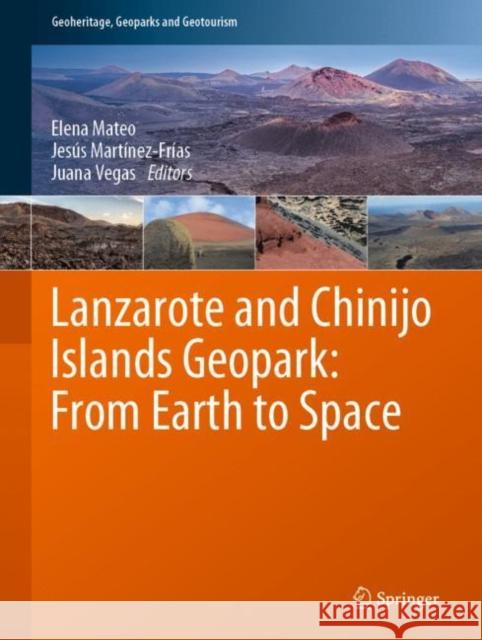Lanzarote and Chinijo Islands Geopark: From Earth to Space » książka
topmenu
Lanzarote and Chinijo Islands Geopark: From Earth to Space
ISBN-13: 9783030131296 / Angielski / Twarda / 2019 / 186 str.
Lanzarote and Chinijo Islands Geopark: From Earth to Space
ISBN-13: 9783030131296 / Angielski / Twarda / 2019 / 186 str.
cena 523,30
(netto: 498,38 VAT: 5%)
Najniższa cena z 30 dni: 501,19
(netto: 498,38 VAT: 5%)
Najniższa cena z 30 dni: 501,19
Termin realizacji zamówienia:
ok. 22 dni roboczych
Dostawa w 2026 r.
ok. 22 dni roboczych
Dostawa w 2026 r.
Darmowa dostawa!
Kategorie:
Kategorie BISAC:
Wydawca:
Springer
Seria wydawnicza:
Język:
Angielski
ISBN-13:
9783030131296
Rok wydania:
2019
Wydanie:
2019
Ilość stron:
186
Waga:
0.68 kg
Wymiary:
28.52 x 21.67 x 1.6
Oprawa:
Twarda
Wolumenów:
01











